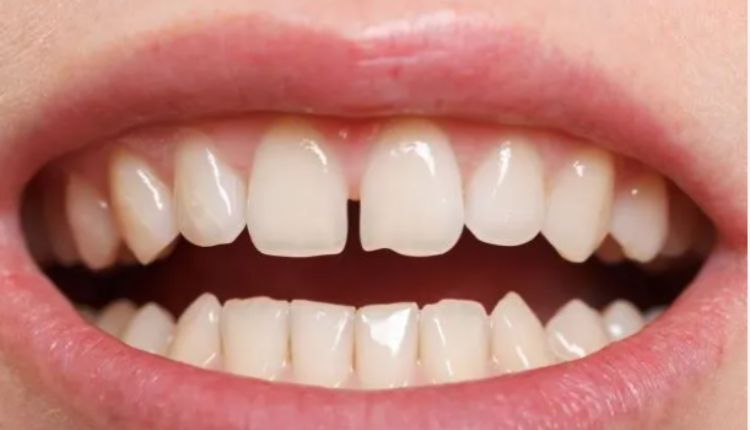Chipped or broken teeth are common in children due to falls, sports, or play. This guide provides steps to quickly address the situation, minimize complications, and seek professional care..
Why Do Children’s Teeth Chip or Break?
Children lead active lives, and their constant exploration can sometimes result in accidents. Here are frequent scenarios that might lead to a chipped or broken tooth in children:
- Falls: Toddlers learning to walk or older kids running around can easily trip and fall, causing dental injuries.
- Sports Injuries: Contact sports or games without proper protective gear may result in oral trauma.
- Mishandling Hard Objects: Biting down on hard candies, ice, or non-food items like pencils can stress the teeth.
- Accidents During Play: Roughhousing with siblings or friends can sometimes lead to unexpected dental damage.
No matter how the injury occurs, it’s important to respond quickly and follow proper procedures. Knowing the difference between minor damage and an emergency is key.
Assessing the Severity of the Tooth Damage
When you first notice a chipped or broken tooth, your initial reaction should be to assess the severity of the damage. Consider the following factors to determine your next steps:
- Is It a Baby Tooth or a Permanent Tooth?
- Baby Tooth (primary tooth): If it’s a baby tooth, the situation may not be as critical since these teeth naturally fall out. However, significant damage can still affect permanent teeth growing underneath.
- Permanent Tooth (adult tooth): These require more immediate attention, as they are not naturally replaced.
- How Big Is the Chip?
- Minor Chip (small cosmetic damage): A tiny chip might not cause pain and may simply require smoothing or bonding by a dentist.
- Major Break (larger fragment missing): Broken teeth with exposed nerves or jagged edges could be painful and may lead to complications like infections.
- Is There Any Associated Pain or Bleeding?
- Pain or sensitivity to hot or cold foods may indicate nerve damage, while bleeding might signal deeper trauma to the gum or root area.
Immediate Steps to Take
When your child chips or breaks a tooth, staying calm will help you act quickly and effectively. Take the following steps, depending on the situation’s urgency.
1. Stop the Bleeding
If there’s bleeding, have your child bite down gently on a clean piece of gauze or cloth for a few minutes. This should slow or stop the bleeding entirely.
2. Rinse the Mouth
Rinse your child’s mouth with warm saltwater. This helps clean the area, removes debris, and prevents infection.
3. Save the Tooth or Fragment (If Possible)
If part of the tooth broke off, retrieve the fragment. Place it in a small container of milk or saline solution to keep it moist. This helps preserve it in case your dentist can reattach it.
4. Apply a Cold Compress
If swelling develops, apply a cold compress to the outside of the cheek near the affected area. This helps reduce inflammation and provides temporary pain relief.
5. Check for Other Injuries
Sometimes dental injuries occur alongside other trauma, such as cuts to the lips or tongue. Assess if any additional care might be necessary.
6. Contact Your Dentist
When in doubt, reach out to your dentist as soon as possible. Minor chips may not require emergency care, but larger breaks or damage to permanent teeth often need prompt attention.
When to Seek Emergency Dental Care
While not every chipped or broken tooth is a dental emergency, some situations require immediate care. Contact a dentist as quickly as possible if your child experiences any of the following:
- Intense pain that doesn’t subside.
- A tooth that is completely knocked out (avulsed).
- The chipped or broken tooth has jagged edges that are cutting the tongue or gums.
- Signs of infection, such as swelling, redness, or a fever.
- A broken permanent tooth with exposed nerves or roots.
Emergency dental services, provided by a kids dentist such as those in Layton, can stabilize the situation and ensure your child doesn’t experience long-term complications.
Treatment Options for Chipped or Broken Teeth
Once you see a dentist, they will assess the damage and recommend the appropriate treatment. Treatment options may include:
For Baby Teeth
- Smoothing minor chips to prevent sharp edges from causing further injury.
- Filling or Bonding larger breaks to restore the tooth’s structure.
- Extraction if the tooth is too damaged and needs to be removed.
For Permanent Teeth
- Dental Bonding to repair small or medium-sized chips.
- Dental Crowns to protect and cover larger breaks.
- Root Canal Treatment if the tooth’s nerve or pulp is damaged.
- Reattachment of the tooth fragment or, in extreme cases, dental implants if a tooth is lost entirely.
Preventing Future Tooth Injuries
While accidents can’t always be avoided, prevention plays a vital role in protecting your child’s teeth. Consider these steps to reduce the risk of dental injuries:
- Encourage your child to wear a mouthguard during sports or physical activities.
- Teach proper oral hygiene habits to maintain strong, healthy teeth.
- Discourage biting down on hard objects like ice, pens, or hard candies.
- Regularly visit your dentist to monitor dental health and address small issues before they become big problems.
Conclusion
A chipped or broken tooth can be stressful, but staying calm and consulting your dentist will ensure your child’s smile is quickly restored. Prioritize dental health and take preventive steps to avoid future issues..






